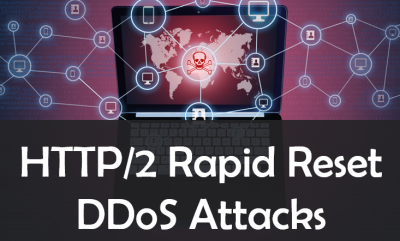Differences between NTA Auto IP Diversion and Auto Group Diversion
dezembro 8, 2023
You may have seen that there are two diversion modes in NTA alerts. They are Auto IP diversion and Auto group diversion. The Auto group diversion is triggered by the Region/IP Group Traffic Alert (at step 3 when configuring Regions or IP Groups). The Auto IP diversion is triggered by the Region/IP Group DDoS Attack […]
An Explanation of Traffic Abnormal in the NTA DDoS Attack Alert
novembro 16, 2023
Traffic Abnormal does not differentiate between alert types. Any instance where the total traffic volume for a single destination IP exceeds the threshold is considered a traffic anomaly.
Why Isn’t My ChatGPT Working?

novembro 13, 2023
“My ChatGPT isn‘t working properly.“ “I can’t log in, and it’s not responding at all.” Just as OpenAI released a series of new features recently, ChatGPT experienced prolonged service disruptions last Wednesday. Subsequently, OpenAI issued a statement revealing that they were facing periodic outages across ChatGPT and the API due to a reflective Distributed Denial […]
NTA SMTP Functionality Usage
novembro 10, 2023
Customers can enable SMTP functionality to ensure timely receipt of alert notifications and device logs. Below are the steps to configure SMTP functionality. Configuring an SMTP Server 1. Choose Administration > Third-Party Interface > Email Service and click SMTP Server 2. Configure parameters Parameters for configuring an SMTP server: Parameter Description SMTP Server Address Specifies […]
Israeli-Palestinian Conflict: Multifaceted Alliances and Fierce Cyberspace Battle

outubro 23, 2023
Background On October 7th, accompanied by the launch of thousands of rockets, the Palestinian Islamic Resistance Movement (Hamas) declared a military operation against Israel. As real-world conflict escalated, hacktivist organizations from various countries, including Russia, India, Indonesia, and Iraq, began engaging in continuous cyber warfare within the cyberspace domains of both sides. The primary methods […]
Six Algorithms for Defending Against the Novel “HTTP/2 Rapid Reset” DDoS Attack

outubro 18, 2023
A recently discovered HTTP/2 protocol-based Distributed-Denial-of-Service (DDoS) vulnerability has been identified by multiple cloud service providers. This vulnerability enables attackers to achieve an unprecedented record of 398 million requests per second. This vulnerability has been identified as CVE-2023-44487, potentially making it one of the largest layer 7 DDoS attacks ever recorded. What is HTTP/2 Rapid […]
SSL Certificate Replacement Guide for NSFOCUS ADSM and Portal
outubro 12, 2023
When the SSL certificate for ADSM or ADSM Portal expires, we could replace it manually on the Web GUI. ADSM Click Choose File on Administration > Local Settings > SSL Certificate Replacement to upload .crt file and .key file. Then click Replace to update the SSL certificate. ADSM Portal Click Choose File on Administration > Third-Party Interface […]
Automated and Manual Backup Procedures for ADS, ADSM and NTA
outubro 6, 2023
Configuration backup is important in many scenarios: Next, we will provide a step-by-step guide on performing configuration backup individually for ADS, ADSM, and NTA. ADS ADS supports one-click export of the current configuration. Click Export on ADS System > Local Settings > Configuration File Management to download configuration files directly: Pay attention to the following […]
Mirai Botnet’s New Wave: hailBot,kiraiBot, catDDoS, and Their Fierce Onslaught

outubro 3, 2023
I. Abstract In September 2023, NSFOCUS global threat hunting system monitored several new botnet variant families developed based on Mirai, among which hailBot, kiraiBot and catDDoS are the most active, are accelerating their spread, and are widely deployed, which has constituted a considerable threat. Through this article, we will disclose the technical details of these […]
Feature Adaptations on Slave ADSM in a High Availability Environment
setembro 15, 2023
Sometimes, to ensure continuous business operations in the event of equipment failure, it is a common practice to configure High Availability (HA) using two ADSM devices. You can configure High Availability (HA) in ADSM by navigating to Administration > Local Settings > HA Configuration. Master: Slave: The master handles all services and periodically synchronizes heartbeat […]
